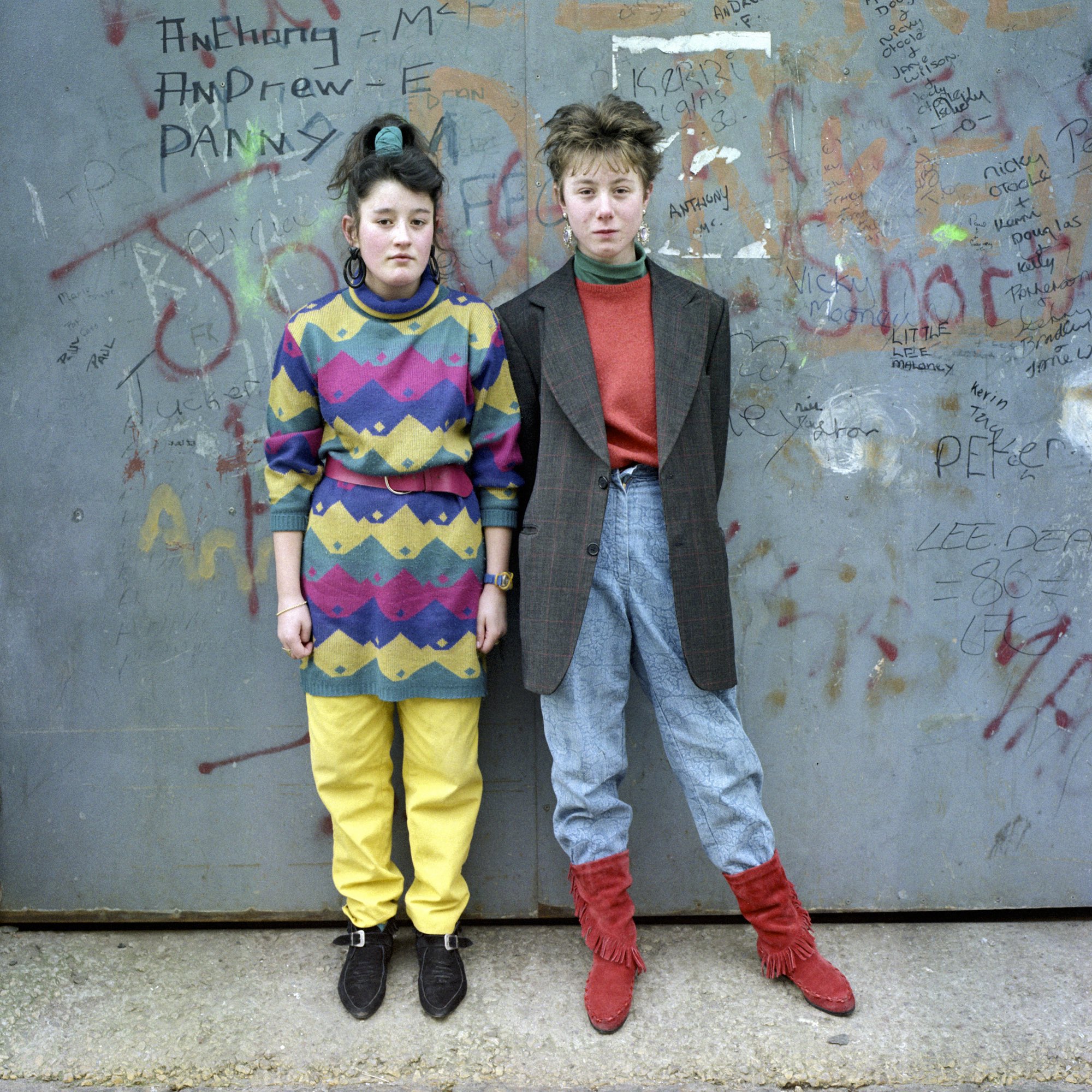Back in the day: photos of Liverpool in the 1980s
- Text by Jonathan Turton
- Photography by Rob Bremner

The 1980’s are widely regarded as Liverpool’s lowest ebb. A time when work in the city was scarce, alienation from the rest of the country was peaking, and newfangled drugs were tightening their grip on the city’s housing estates.
During this period Rob Bremner, 54 – then a shaggy-haired student from Wick, Scotland – was photographing the region’s inner-city wards, as they came to terms with a Conservative government whose policies appeared to deliberately degrade them. Although Bremner observed hardships and suffering, he recalls a Liverpool not completely defined by its problems.
“Because nobody had any money, everyone was in the same boat,” he tells Huck. “It wasn’t just you in this position, it was entire communities.”
“Liverpool people generally got on with it. In many ways, they adapted well to their circumstances.”


Bremner studied photography at the Wallasey College of Art, and found himself working under prominent UK photographers Martin Parr and David Hurn. At that time, photography was becoming increasingly popular not only in Liverpool’s art community, but in more peripheral places such as Everton and Toxteth.
“I always used photography as a means of meeting people,” Bremner says. “People in Everton would invite me into their homes. There was an old man who used to take me for a pint, if I was hanging around or it was raining.”
“Once I’d gotten to know one or two people, they’d talk about me to their neighbours. I just found it really easy to do that in those places.”
What’s most striking about Bremner’s work is the level of naturalness he achieves in his subjects. The Scot puts this down to not merely observing the individuals he’s photographing, but connecting with them on a personal level and developing relationships: “I was unemployed at the time so I spent a lot of time with these people. A lot of them became my friends.”


In recent months there has been growing interest in Bremner’s work; his organic portrait style resonating with fashion and media brands who now endeavour to replicate that ‘real’ look. As a result, in January, he’ll be releasing his first book, The Dash Between.
“It’s funny, people didn’t like my work so much at the time,” he remembers. “Galleries viewed it as everyday and bland. But that’s what documentary photography is: it’s about trying to capture a time and a place.”
At the time, mainstream press often characterised Liverpool as bereft of pretty much anything positive. Yet Bremner’s body of work captures a city brimming with character and style; it’s people living defiantly in the face of difficulty.
“It really is a great city,” he says, fondly. “Scousers like talking, and I quite liked listening. It’s friendly down there.”
“We’re all just passing through history, and if we don’t record these things then they’re gone. The movies, the books, the music. It’s about wanting to contribute to all that, in some way. As a photographer or subject, you’re just a witness to the times.”









Rob Bremner’s The Dash Between is released in January.
Follow Jonathan Turton on Twitter.
Enjoyed this article? Like Huck on Facebook or follow us on Twitter.
You might like

Largest-Ever Display of UK AIDS Memorial Quilt Opens at Tate Modern
Grief Made Visible — Comprising hundreds of panels made by lovers, friends and chosen family, the UK AIDS Memorial Quilt returns in full for the first time since 1994 – a testament to grief, friendship and the ongoing fight against HIV stigma.
Written by: Ella Glossop

In Medellín’s alleys and side streets, football’s founding spirit shines
Street Spirit — Granted two weeks of unfettered access, photographer Tom Ringsby captures the warmth and DIY essence of the Colombian city’s grassroots street football scene.
Written by: Isaac Muk

Remembering New York’s ’90s gay scene via its vibrant nightclub flyers
Getting In — After coming out in his 20s, David Kennerley became a fixture on the city’s queer scene, while pocketing invites that he picked up along the way. His latest book dives into his rich archive.
Written by: Miss Rosen

On Alexander Skarsgård’s trousers, The Rehearsal, and the importance of weirdos
Freaks and Finances — In the May edition of our monthly culture newsletter, columnist Emma Garland reflects on the Swedish actor’s Cannes look, Nathan Fielder’s wild ambition, and Jafaican.
Written by: Emma Garland

Katie Goh: “I want people to engage with the politics of oranges”
Foreign Fruit — In her new book, the Edinburgh-based writer traces her personal history through the citrus fruit’s global spread, from a village in China to Californian groves. Angela Hui caught up with her to find out more.
Written by: Angela Hui

We are all Mia Khalifa
How humour, therapy and community help Huck's latest cover star control her narrative.
Written by: Alya Mooro

